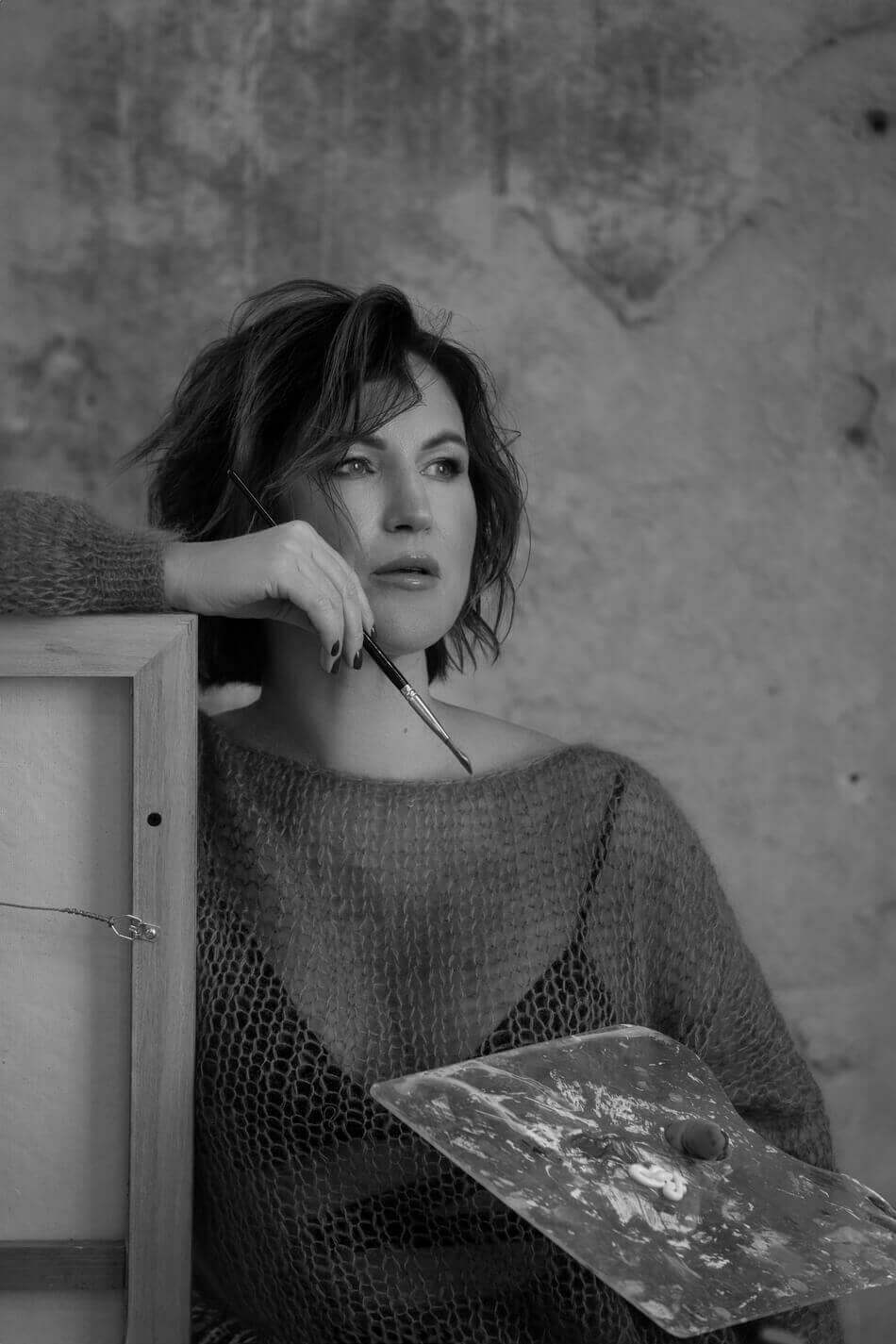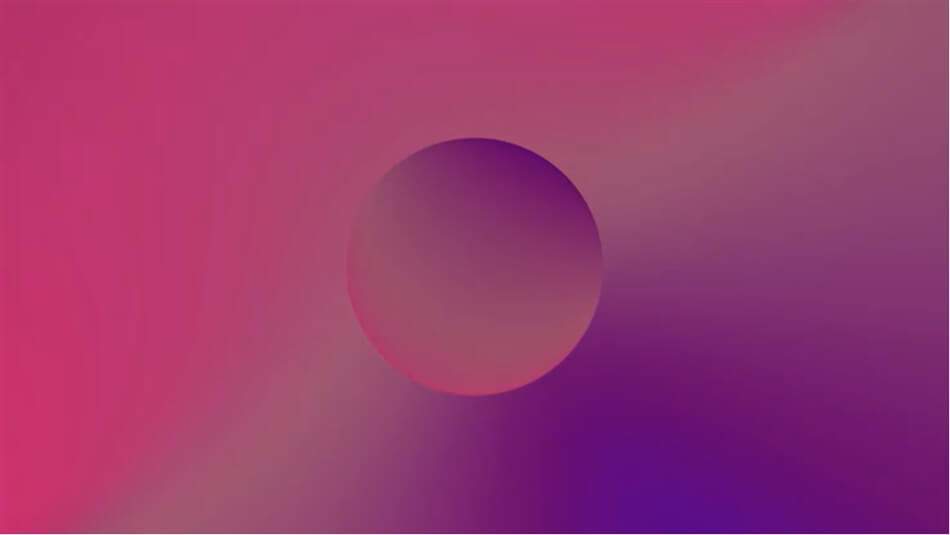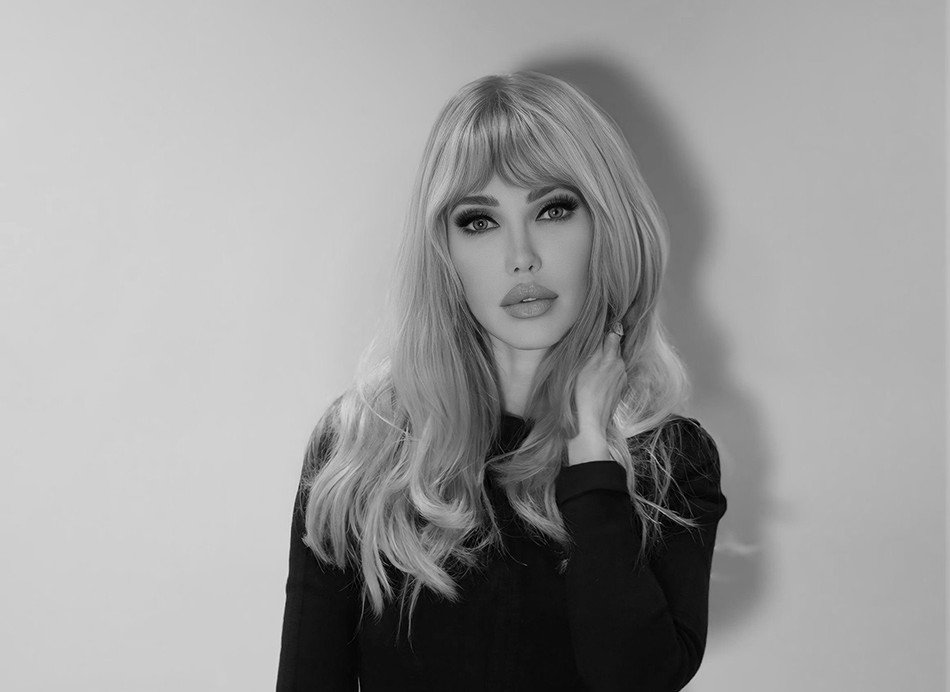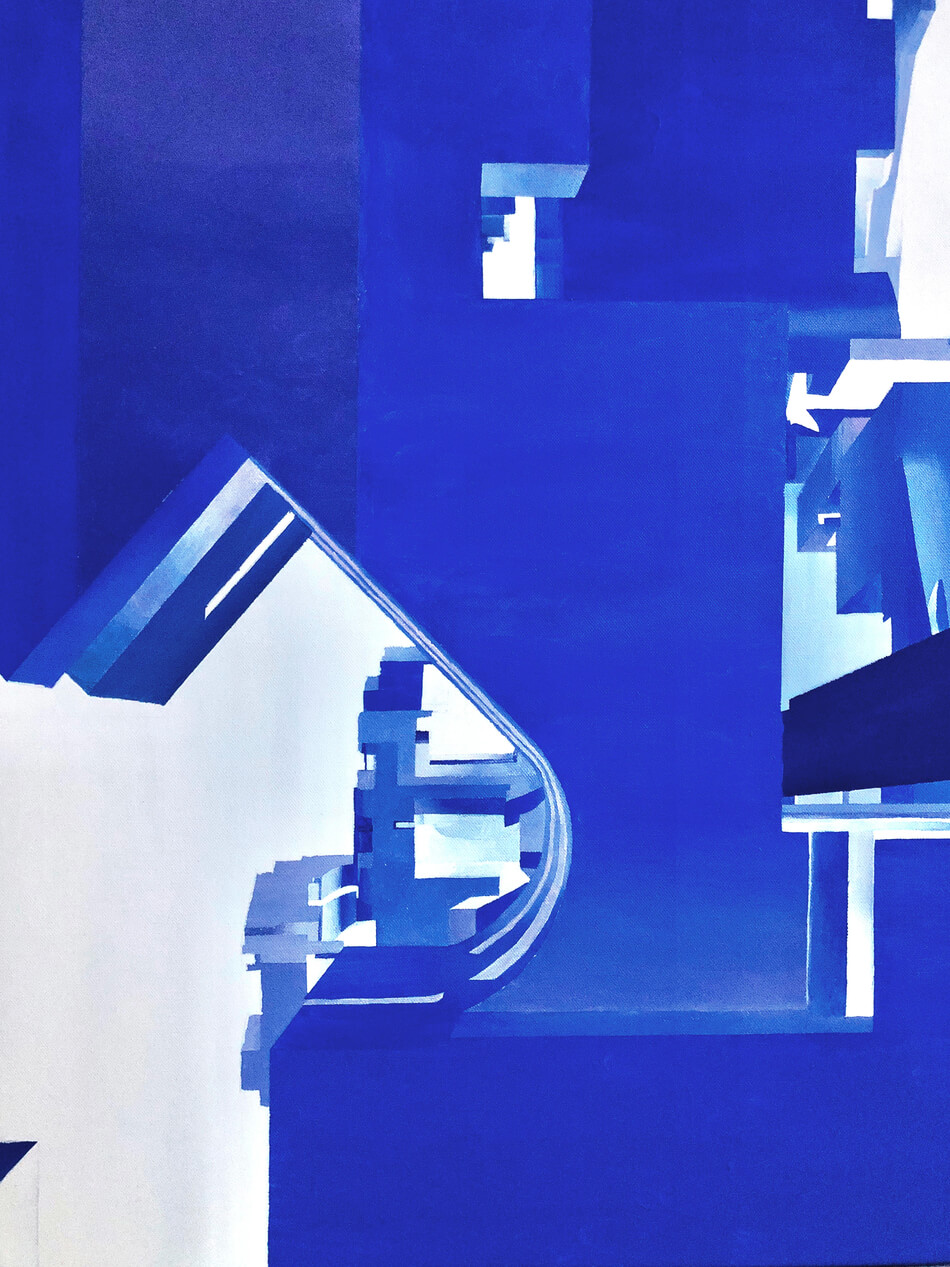
Interview: Matthew J. Bailey
Luca Curci talks with Matthew J. Bailey during FUTURE LANDSCAPES, second appointment of the 19th edition of VENICE INTERNATIONAL ART FAIR 2024, at Palazzo Albrizzi-Capello.
Matthew J. Bailey (b. 2000) is an emerging lens-based artist and commercial photographer currently living and working in Snowmass Village, CO as a Studio Assistant at Anderson Ranch Arts Center in the Photo & New Media department. He graduated with a BFA in Photography from Maryland Institute College of Art in 2023. Drawing inspiration from literature, family stories, and research, Matthew creates visual narratives that bridge his roots with his present surroundings. His photography revolves around themes of identity, family history, and ancestry.
Through Matthew’s lens, he hopes to intertwine historical narratives with his contemporary experiences. His work invites viewers to contemplate the connections that transcend time and place. Matthew’s photography has been featured in many notable exhibitions around the world and his work is also part of the collection at the Museum of American History in Washington DC.

Luca Curci – According to you, what makes a good photo? Which details do you focus on?
Matthew J. Bailey – In my opinion the significance of lighting to a “good photo” is crucial. It serves as the cornerstone of creating impactful imagery, and is usually my focus from the beginning. The interplay of light and shadow holds the power to transcend the ordinary, transforming a seemingly mundane photograph into a work of art that mesmerizes the viewer. Whether it’s infusing vibrancy into a lackluster scene or accentuating the inherent beauty of a subject, light possesses the extraordinary ability to elevate visual storytelling to new heights.
Moreover, my artistic inclination leads me to embrace unconventional compositions, ones that cause the viewer to pause and ponder. These compositions, often requiring a moment of contemplation to decipher their meaning, hold an allure for me. They challenge conventional perspectives, prompting viewers to delve deeper into the image and narrative unfolding before them. In these moments of introspection, that is what fosters a richer connection between observer and image.
LC – When you take photos, are you usually inspired by the situation or do you find inspiration in yourself?
MB – When I have made photos in the past, my inspiration often stemmed from the world surrounding me; its diverse landscapes and scenes. However, a recent move to a small town in Colorado has led me to seek inspiration from a more introspective source: my own body and inner being. This transformative journey has culminated in a new project, a series of self-portraits devoid of facial representation. The absence of facial depiction in these self-portraits has created a process of profound introspection, prompting contemplation of the essence of self and the interplay between individuality and societal constructs.

LC – Which art themes do you pursue? What is your preferred subject, if there is any?
MB – I find myself primarily captivated by the realm of fine art photography, where the subject matter of my projects evolves with each new endeavor. However, above all else, there’s an unparalleled joy in seeing my creations displayed within gallery spaces. Growing up, art galleries were not part of my world, yet now, I aspire for my work to serve as a beacon of possibility for young Black children, including my younger self, illustrating that the path of an artist is both attainable and worthy.
While my artistic journey is diverse and ever-evolving, themes of identity, history, and storytelling often serve as the guiding threads weaving through my body of work.
LC – What is the most challenging part about creating your artwork?
MB – The biggest challenge I face in my artistic process is grappling with periods of feeling stuck or uninspired. There are moments when the creative well seems to run dry, and the spark of inspiration dims. During these times, I find myself confronted with doubts and uncertainties, questioning the direction of my work and the validity of my artistic vision.
In these times, I employ various strategies to reignite my creative spark. I may revisit works from other artists who I admire or explore different artistic mediums to stimulate fresh perspectives. Engaging in conversations with fellow artists and seeking feedback from trusted mentors can also provide valuable insights and reignite my passion for creation. Additionally, I have recently learned to embrace periods of stillness and introspection, recognizing them as integral phases in the creative cycle. Through perseverance, I navigate these challenging moments, trusting in the cyclical nature of creativity. By embracing the ebb and flow of inspiration, I continue to push the boundaries of my creativity, evolving as an artist and storyteller with each new project.
LC – How is your creative process?
MB – The dynamics of my creative process vary from one project to the next, yet a consistent thread runs through them all: a commitment to research. Regardless of the subject matter or medium, I find myself immersing in a multitude of sources—be it studying the works of past artists or delving into familial archives and histories. Each project becomes a journey of discovery, offering profound insights and enriching my understanding of the world as I bring my artistic vision to life.
LC – In which way the artwork presented in our exhibition is connected with the exhibition’s theme?
MB – I approached my body as if it were a landscape to be explored by the viewer. Looking at the contours and textures of my form, I found echoes of nature’s own curves and crevices. The lines of my back mirrored the arcs of rivers, while the subtle indentations echoed the beauty of mountain ridges. Through this lens of connection with the natural world, my self-portrait became a celebration of the harmonious interplay between human form and the awe-inspiring landscapes that surround us.
LC – Can you explain something about the artwork you have in our exhibition?
MB – This self-portrait was created within my professional photo studio, located at my workplace as a Studio Assistant at Anderson Ranch Arts Center. Harnessing the versatility of strobe lighting, I orchestrated the interplay of light and shadow, aiming to change my body into an abstract form. My primary objective was to draw the viewer’s gaze towards the intricate contours of my back, inviting them to make connections between the organic landscapes of nature and the human form. I printed the work myself, then enlisted the talents of a friend, Lane Preston, who created a custom frame, perfectly complementing the tonal nuances of the image. This harmonious pairing further enhances the visual impact of the self-portrait.

LC – Do you think ITSLIQUID GROUP can represent an opportunity for artists?
MB – Definitely, I believe that ITSLIQUID GROUP can indeed present a valuable opportunity for artists. The potential to engage with art enthusiasts and collectors around the world through their exhibitions and digital platforms can facilitate meaningful connections and dialogue, further enriching the creative experience. I see ITSLIQUID GROUP as a promising avenue for artists seeking to expand their reach and cultivate meaningful connections within the art community.
LC – Did you enjoy cooperating with us?
MB – Absolutely, collaborating with you has been a rewarding experience. Your professionalism, attention to detail, and commitment have made exhibiting my work both enjoyable and fruitful. I appreciate the opportunities you’ve provided for showcasing my work and engaging with a wider audience.
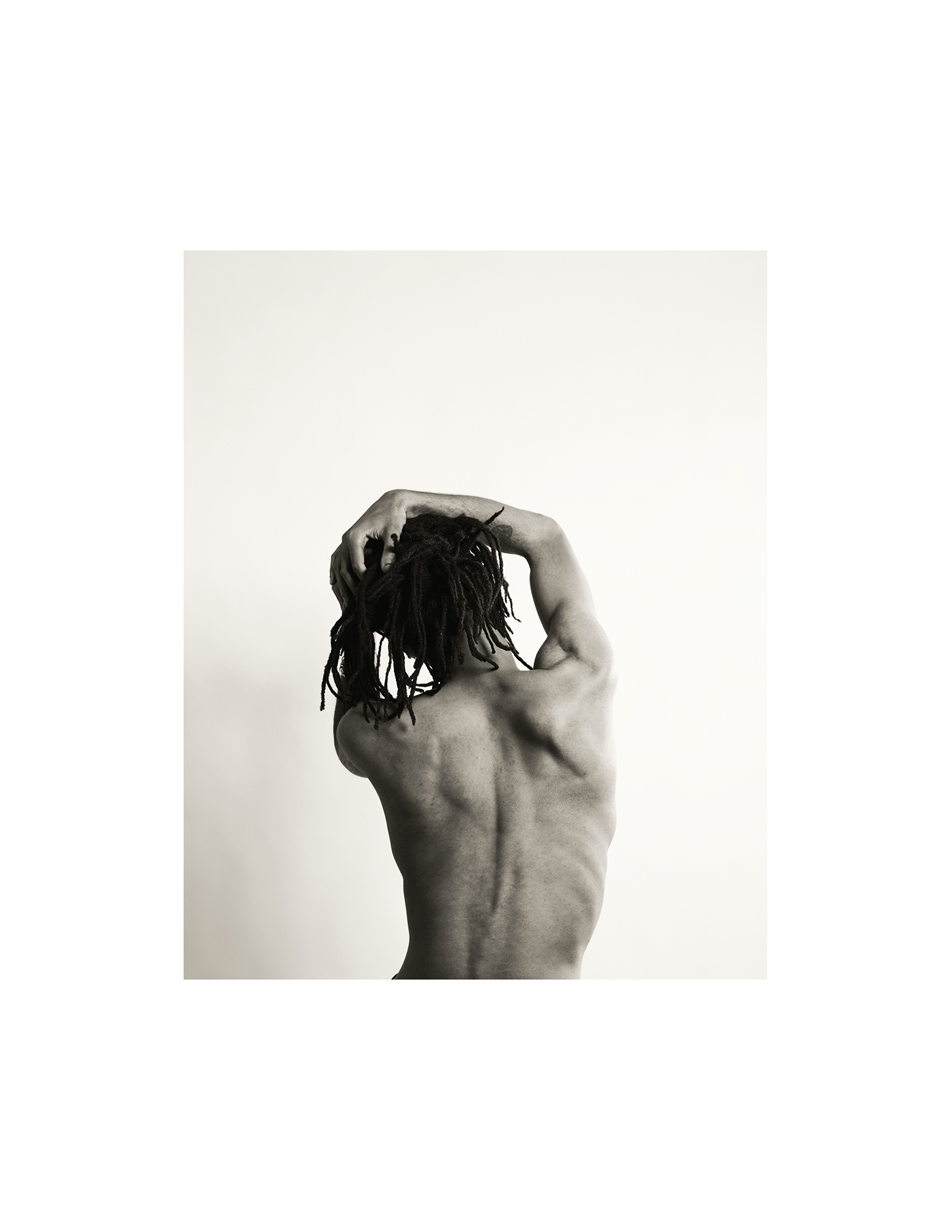
Are you an artist, architect, designer? Would you like to be featured on ITSLIQUID platform? Send an e-mail to info@itsliquid.com or fill the form below

